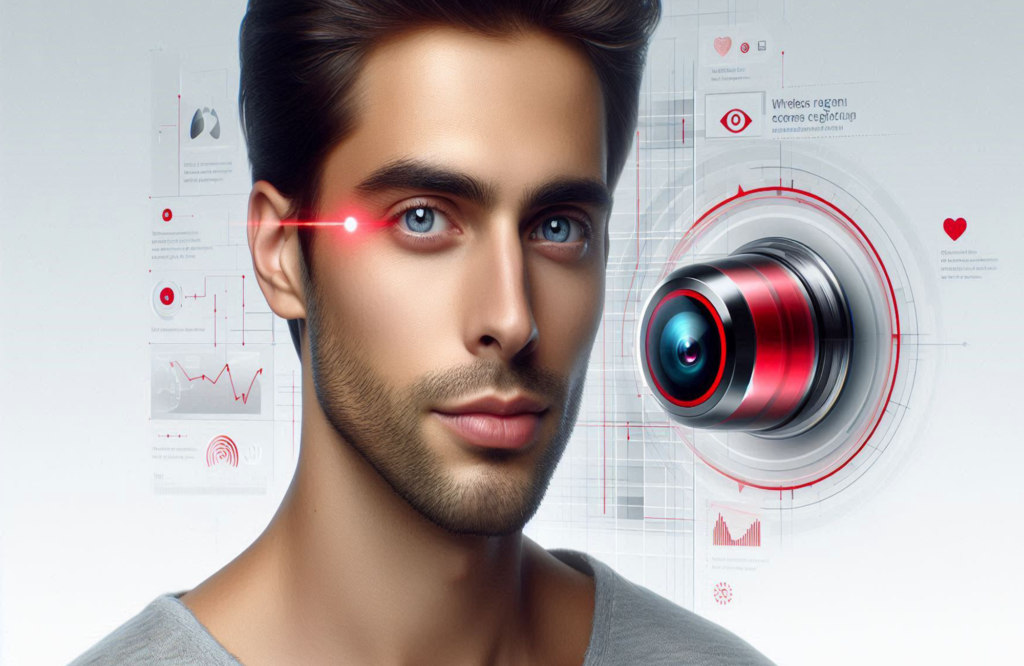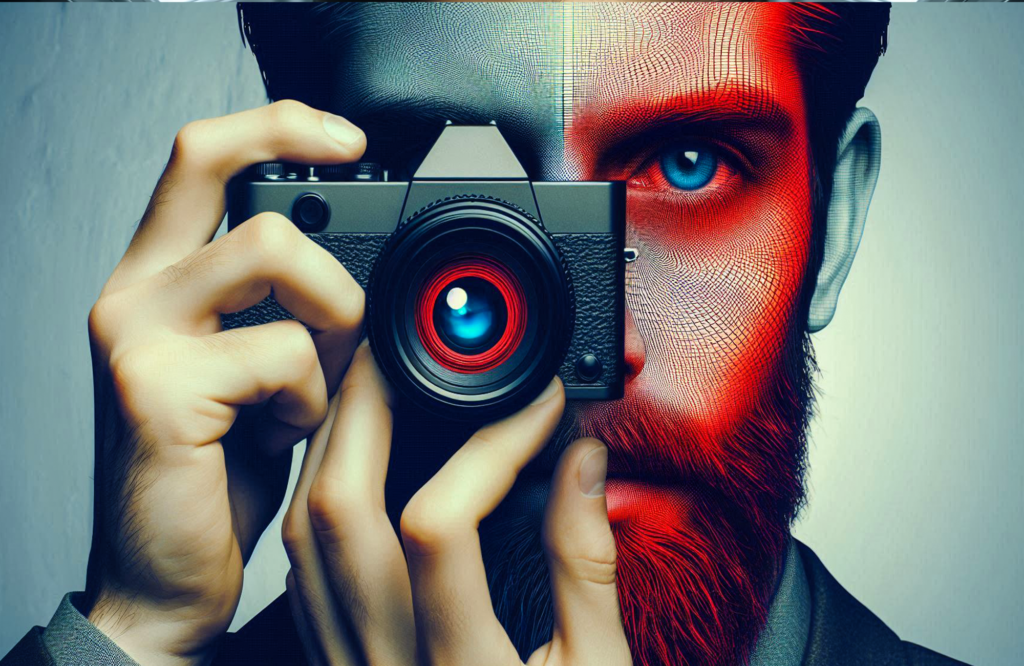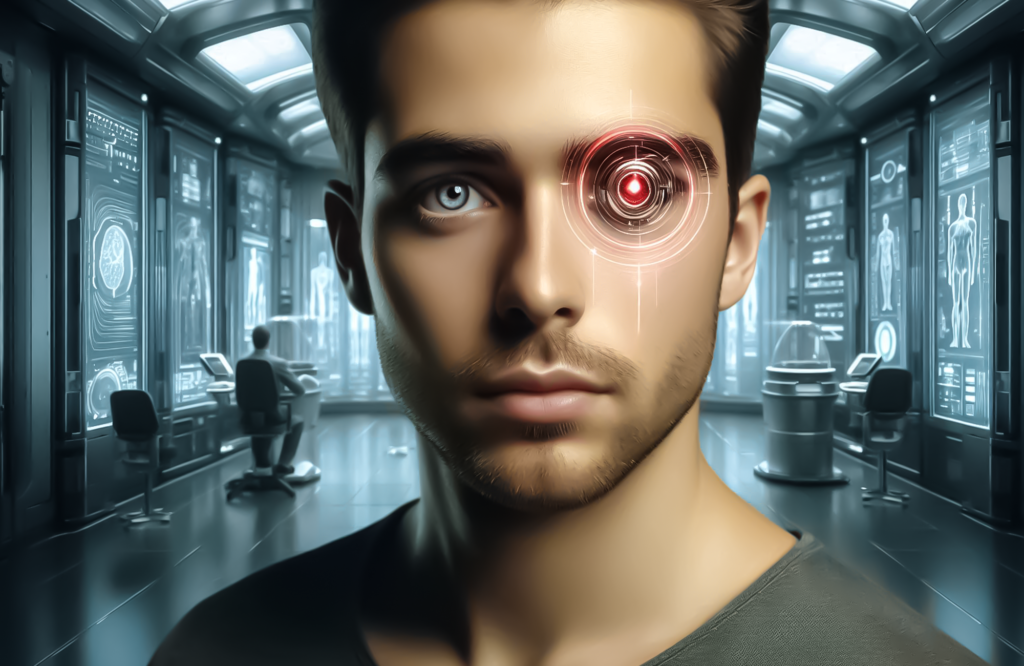Man Replaces Lost Eye with a Wireless Camera
How a Man Replaces Lost Eye with a Wireless Camera Filmmaker Turned His Disability into a Revolutionary Innovation
Man Replaces Lost Eye with a Wireless Camera Canadian Rob Spence a filmmaker decided to take a life-changing step, one that would challenge the limits of technology and human ingenuity. Following his sad childhood accident, which cost him one eye, Spence opted to fill this empty socket with something totally unexpected: a wireless camera. This bold move won him the nickname “Eyeborg,” and his story has since evolved into a strangely fascinating meld of science fiction, technology, and feats of human resilience.
A Childhood Changed Forever: Wireless Camera Implant
The story of Spence began unfortunately in his childhood when he played with his grandfather’s shotgun and had an accident. He shot it; the shot inflicted damage in one of his eyes and rendered it blind. Through the years, it was very painful, and later in adulthood, it was surgically removed. However, instead of buying a regular artificial eye, Spence opted to integrate man and machine to turn this adversity into an amazing business opportunity.
It’s the Birth of the Eyeborg Project
Right after the surgery, Spence wanted his missing eye to be replaced with a wireless video camera. His vision was to make something that would enable him to capture and record what he saw in real time, literally turning him into a living, breathing camera. He partnered with engineers—among them, one formerly at NASA to design a miniature camera that was small enough to fit into his socket for this.
While this prototype enabled Spence to capture everything in front of him, it could not return his sight. It is made up of a camera mounted within a prosthetic eye, which transmits the video footage to a receiver where it is displayed and recorded. There is no direct line from the camera to his brain, but the fact that he had technology like that inside a human body raised some thought-provoking questions about the future of human-machine interfaces.

The Technology Behind the Eyeborg
The technology inside his eye socket is just plain innovative. He’s sporting a wireless camera powered with a microbattery that transmits the video signal back to a portable device that Spence lugs around. It can capture images and videos from the first person point of view. The camera resolves at a resolution less sharp than the human eye but still gives a clear representation of what Spence “sees.”
The two main challenges the team of Eyeborg had to overcome were: first, to miniaturize all its parts – a camera, a power source, and a transmitter – into pieces small enough to fit inside an eye socket, while integrating all those parts into a single device able to function. Miniaturization of technology was key. And more than this, success of this project has implications for other applications—ones that impact medical devices and wearable tech, to name a few.

A Different Angle for Documentary Filmmaking
Rob Spence’s Eyeborg has given him the opportunity to shoot from a truly first-person point of view, giving utterly raw and candid views of the world. This invention is sure to dramatically affect his job as a documentary filmmaker. His vantage allows him to capture moments in a very natural way—without the intrusion of a handheld camera.
The Eyeborg project has also raised questions about privacy, ethics, and even the kinds of technologies that will come along in the future to police society. In making himself into a camera, quite literally, Spence erases the distinctions between observer and participant. He also raises questions about the nature of storytelling and technology’s role in our lives.

The Broader Implications
While the Eyeborg project is much more than just a personal tale of innovation, it stands for the greater trend toward integrating technology with the human body. As medical science is quickly growing, so too have we seen more cases of biohacking—that is, where technology is used to enhance an individual’s physical or mental abilities. Cochlear implants, bionic limbs—examples abound of human beings at one with machines, and the Eyeborg is strong in that respect as a symbol.
Moreover, Spence’s journey epitomizes that of a strong human spirit. He did not let his disability define him but rather took control of the narrative to make it extra special. His story testifies to this idea: our limitations can be exactly what inspire within us the urge to push the boundaries of what is possible.
Conclusion
Rob Spence’s Eyeborg is much more than just innovative technology; it represents a deep statement at the juncture of humanity and technology. When he replaced the lost eye with a wireless camera, a second chance opened up avenues hitherto shut to the possibility of new prospects in documentary filmmaking and further human augmentation. His story reminds us that some of the most innovating answers derive from some of the most unexpected places and that often, our greatest challenges hold some of our most significant breakthroughs e.g Humaniod with multiple camera so who this can be not possible .
Stay Tuned: The future holds exciting possibilities as technology continues to reshape our world.




